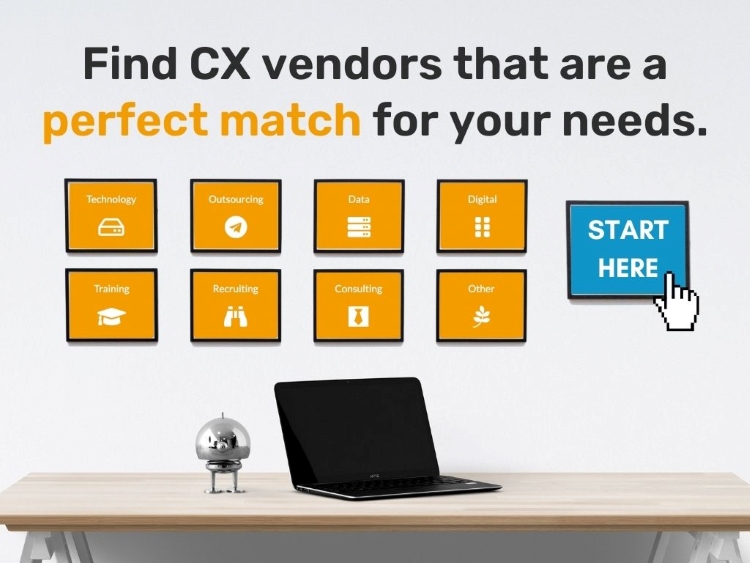Product development is a complex journey filled with various risks that can pose challenges for businesses. From design flaws and functionality issues to concerns about market viability, these risks can lead to costly delays, unhappy customers, and damage to a company’s reputation. It’s crucial for businesses to understand and tackle these risks head-on to ensure successful and timely product launches, satisfy their customers, and establish a strong brand presence in today’s fiercely competitive market.
When businesses overlook product development risks, they’re setting themselves up for trouble. Delays drain resources and lead to customer frustration and disappointment. To discover the main pain points, there must be effective communication and understanding between the creator and the consumer. Identifying authentic customer problems remains a significant hurdle for product teams. Nonetheless, successful organisations excel at actively listening to their customers, comprehending their difficulties, and crafting straightforward solutions.
So, what can businesses do to mitigate these risks and ensure a smoother product development journey? One of the most effective approaches is to embrace early customer feedback. Customer feedback has a significant impact on the whole product development life cycle, saving money and resources by avoiding costly rework. Unlike traditional market research, which often happens later in the process, early customer feedback offers valuable insights straight from the target audience during the initial stages of development. It’s akin to gaining a glimpse into customers’ thoughts while the product is still in its developmental stages – an insurance policy that assures you’re creating the perfect fit for their needs.

To effectively incorporate customer feedback into the development process, it is crucial to integrate it into each step and establish a system of multiple feedback channels to actively engage with customers. Building an insight repository and pulling key learnings into the design and development phases should be a regular practice. To ensure successful implementation, involve your development team in defining clear objectives and goals for the feedback integration process. Iteratively testing potential solutions and communicating updates to customers will foster transparency and enhance overall customer satisfaction.
Benefits of embracing early customer feedback
With a proactive approach in mind, businesses can make necessary adjustments and improvements based on valuable feedback, ensuring that potential issues do not snowball down the line. After all, who better to identify potential problems than the very individuals who will ultimately be utilising the product?
Here are the top benefits of seeking early customer feedback in the product development process:
- Enhanced customer satisfaction
Seeking feedback early and often is essential for building long-lasting relationships with customers. Customers are more satisfied when organisations show a commitment to addressing their demands by actively listening to feedback and putting their suggestions into practice. Customers who are happy are more inclined to promote the brand. This cycle of feedback and improvement fosters loyalty, deepens trust, and creates durable bonds between companies and their clients, ultimately resulting in long-term success.
- Competitive advantage
Businesses can maintain an advantage over the competition by understanding their customers’ experiences not only with their own products or services but also with those of their competitors. By incorporating customer feedback early in a product’s lifecycle, one can ensure that their product stands out from the competition. Additionally, this fosters customer loyalty among individuals who highly appreciate the company’s responsiveness to their needs.
- Innovation & creativity
Leveraging the varied viewpoints and experiences of consumers, organizations can access new ideas and solutions that might otherwise go unnoticed without utilizing early client feedback. By encouraging product teams to think unconventionally, this collaborative approach promotes an innovative culture. Additionally, it enables companies to anticipate market trends, adjust to shifting consumer tastes, and create ground-breaking goods or services that appeal to their target market.
- Cost saving
In addition, incorporating customer feedback early enables businesses to streamline their product development process, reducing the likelihood of costly revisions and delays. Additionally, companies can also allocate their resources more smartly and efficiently. This proactive approach not only safeguards against financial risks, but also ensures a smoother and more cost-effective path to delivering a high-quality product that aligns with customer expectations.
So, remember, product development risks are real, therefore, ignoring them can have serious consequences. To obtain a more accurate picture of customer requirements and preferences, it is crucial to combine quantitative and qualitative input and to verify feedback using other research techniques and customer data. By actively seeking early customer feedback, businesses can proactively address these risks, refine their products, and ensure successful launches. It’s all about understanding your customers, embracing their insights, and building a reputation as a company that truly cares.



